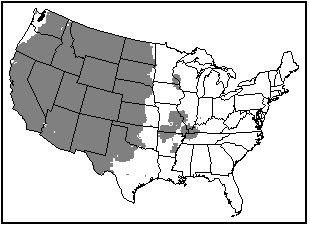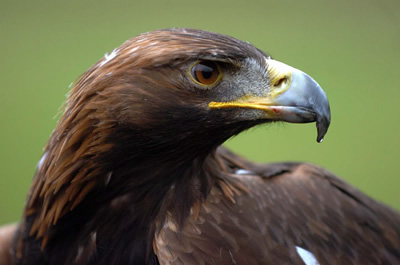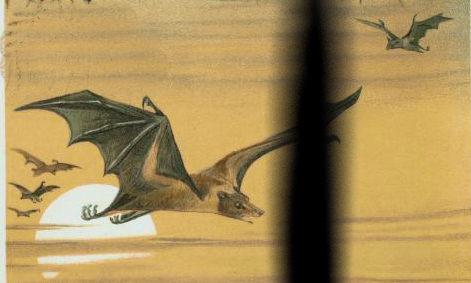It’s nothing but misery.
That’s the assessment of town of Fairfield resident Monique Consolazio, who lives in the shadow of two of the towering wind turbines making up the Hardscrabble Wind Project.
Hers is a plight shared by many who have lodged complaints against the global giant Iberdrola Renewables, based in Spain.
Davis Road resident James Salamone and his wife, June, are among others calling in complaints about noise, TV interference and light flickers since the turbines came online in late February.
Salamone has compared the loudest noises generated by the turbines to the take-off of a fighter jet. “It’s like living within 50 yards of an Air Force base,” he said recently. “It doesn’t matter if the windows are closed or not.”
He continued, “I don’t know how long my wife and I can stand it. It’s on and off. You can never get used to it.”Consolazio also compared the loudest noises to aircraft. They alleged the sound can be like a “jumbo jet hovering over your house.”
Depending on the weather, the wind speed and the direction in which the turbine is turned, she said the turbines can also sound like an approaching giant, “Shazoom-bang;” a prolonged swooshing sound or nothing at all.
Between the noise issues and the unpleasant lighting effects, some residents have packed up and left town.Salamone’s daughter, who formerly lived with her family in another Davis Road residence, is among them.
In connection with the noise complaints, the company recently completed sound-level monitoring at several targeted locations in the rural community.
As noted in the June 24 study summary issued to Iberdrola company officials Michael Clayton, Neil Habig and Scott McDonald, the testing was conducted by CH2M Hill in order to “assess if the sound levels attributable to the project complied with the project limit of 50 dBA [decibels].”
Engineer Mark Bastasch, who drew up the summary, maintains that while the overall measured level at times exceeded the maximum allowed 50 dBA, those incidents “corresponded to periods of extreme winds and were not attributable to the project.”
He claimed that under extremely windy conditions, “the wind-induced noise and tree rustling is a contributing or dominate factor. As such, these events are not representative of a sound level attributable to the project. Outside of these limited high-wind events, the monitoring results do not indicated that the measured sound-level attributable to the project exceeds 50 dBA.”
Town officials are expected to hold a special public meeting at the Fairfield Community Hall on Thursday, Sept. 15, at 6 p.m., in order to address the company’s study.
Among those expected to be present that evening include an attorney hired by the town to deal with the turbine-related issues, an expert who’s been looking at the company’s sound-study data and town officials, who are expected to proceed with a separate study of their own in order to “make sure [Iberdrola’s] numbers are correct,” said town Supervisor Richard Souza.
He said the meeting date was based, in part, on the availability of the expert to meet with the town council and had nothing to do with the Sept. 13 primary election between Souza and Henry Crofoot. Both are Republicans seeking the town supervisor’s post.
Citing the results of a preliminary sound study, conducted in 2008 before the wind farm project was approved, Salamone questioned the need for a third study.
In his view, the wind turbine operation exceeds allowed sound levels when combined with pre-project ambient noise levels at test sites on Davis Road.
An Iberdrola company spokesperson contacted late last week did not respond with a comment prior to press time.
Souza said the town’s test is needed because the first was based on a model — and projected data.
As noted in the June 5, 2008, cover letter addressed to town of Fairfield officials by URS company official James P. Cowan and dealing with the Hardscrabble Wind Farm noise evaluation for Davis Road, Cowan noted the noise monitoring and modeling was conducted with the goal of “assisting [town officials] in evaluating the potential noise impact of the proposed [wind power] facility” on behalf of a Davis Road resident with noise sensitivities.
Souza said the town’s test would be conducted in November or December after the foliage is gone in order to give all parties concerned a better idea of the problem.
The study recently concluded by Iberdrola and the proposed study to be undertaken for the town would both be based on actual noise-level data.
Neither the Salamones nor Consolazio believe it’s realistic to hope Iberdrola will move the problem turbines from the areas around their homes. Both, however, are hopeful that measures can be taken to mitigate noise levels by taking the turbines out of service during windy conditions, for example.
In the meantime, the wind turbines have pitted neighbor against neighbor: Long-struggling farmers and other property owners generating revenue from the turbines have benefited from the project, and less fortunate residents — those who have reaped neither income, reductions in utility costs or tax relief — feel they’ve been unjustly treated by a company with deep pockets, a lot of legal and political clout, and time to wait them out.





